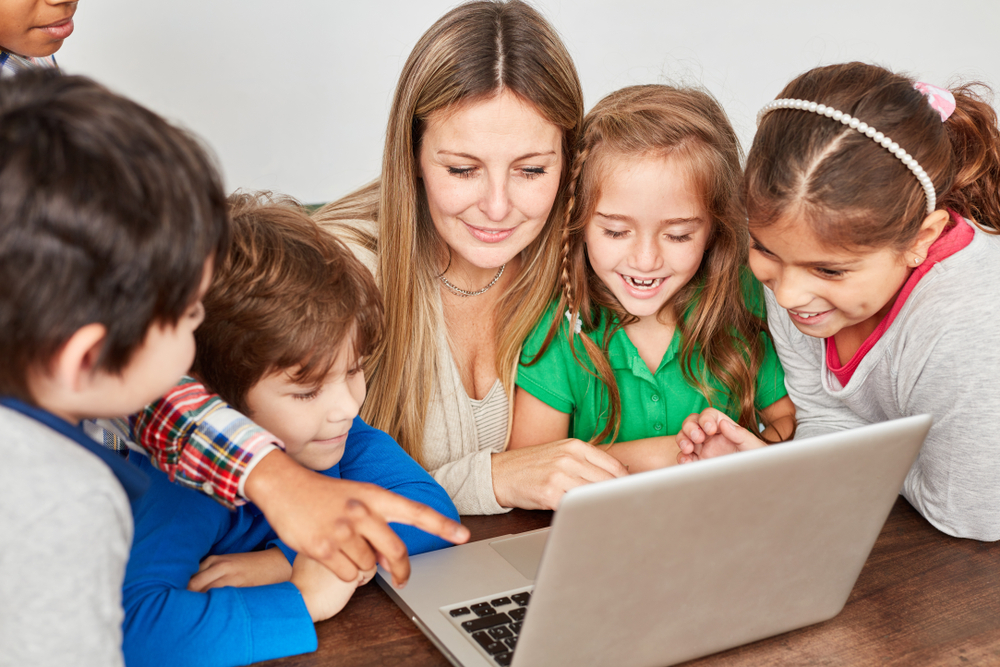It’s one of the biggest buzzwords in education, but what is social learning? Simply put, social learning is when children learn by watching the people around them. They imitate the things adults model for them, then develop their own patterns of behavior. It’s a case of “monkey see, monkey do.”
Who Came up With It?
The theory was initially posed by Dr. Albert Bandura in 1977. He had conducted a series of tests called the Bobo Doll Experiment in 1961. During the tests, Bandura and his team observed 72 children. One group of 24 was shown aggressive behavior towards Bobo by adults. Then, a second group of 24 was shown non-aggressive behavior. Finally, a third of 24 was used as a control group and did not mix with adults at all.
What Were the Results?
They aren’t really all that surprising. Those children who witnessed more aggressive behavior acted more aggressively themselves. Those who didn’t see it demonstrated considerably less aggression. Criticisms of the experiment mostly revolved around its short term and limiting scope.
‘Social Learning Theory’ was renamed ‘Social Cognitive Theory’ in 1986. It now takes into account vicarious reinforcement, a theory that people observe consequences for others before engaging in actions themselves.
What Does That Mean?
How many times do adults tell children “Do as I say, not as I do”? They are then expected to engage in behavior that is in direct contradiction with what they see modeled. This is why children (and, often, adults) can’t just be instructed in correct behavior; they have to see an example. Behavioral development depends more on actions than on words.
How to Bring Social Learning into the Classroom
Although the details can vary, the basics are pretty universal. You’ve probably already been incorporating some methods without realizing it. To get students to be more social, you need to get them working together. Try implementing class work that involves pairs or groups of students. Take the class on a field trip. Encourage positive peer reinforcement by insisting on kindness even when students are giving criticism. Role playing can help students see other points of view they might not have thought of before. Remember, the age of your students can dictate what methods you use. Check out these social learning ideas for younger students and older students.
Text by Bo King


